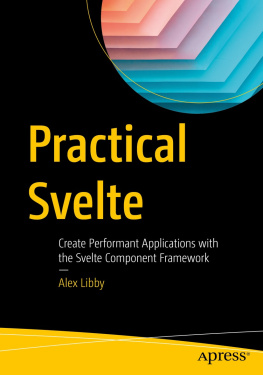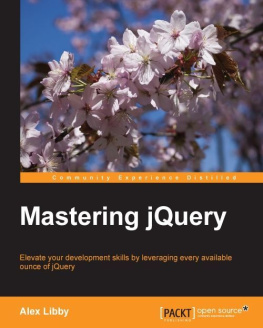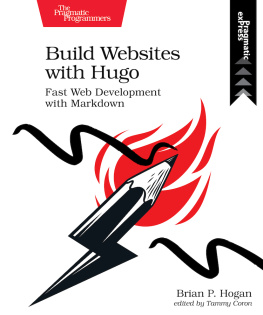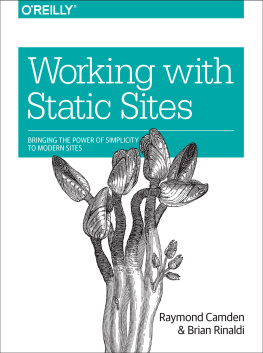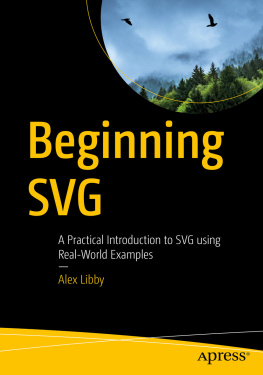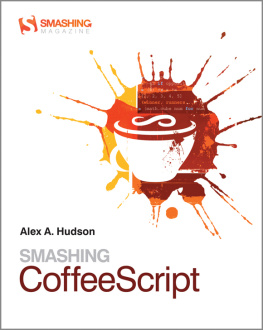Alex Libby - Practical Hexo: A Hands-On Introduction to Building Blogs Using the Hexo Framework
Here you can read online Alex Libby - Practical Hexo: A Hands-On Introduction to Building Blogs Using the Hexo Framework full text of the book (entire story) in english for free. Download pdf and epub, get meaning, cover and reviews about this ebook. year: 2020, publisher: Apress, genre: Home and family. Description of the work, (preface) as well as reviews are available. Best literature library LitArk.com created for fans of good reading and offers a wide selection of genres:
Romance novel
Science fiction
Adventure
Detective
Science
History
Home and family
Prose
Art
Politics
Computer
Non-fiction
Religion
Business
Children
Humor
Choose a favorite category and find really read worthwhile books. Enjoy immersion in the world of imagination, feel the emotions of the characters or learn something new for yourself, make an fascinating discovery.
- Book:Practical Hexo: A Hands-On Introduction to Building Blogs Using the Hexo Framework
- Author:
- Publisher:Apress
- Genre:
- Year:2020
- Rating:5 / 5
- Favourites:Add to favourites
- Your mark:
Practical Hexo: A Hands-On Introduction to Building Blogs Using the Hexo Framework: summary, description and annotation
We offer to read an annotation, description, summary or preface (depends on what the author of the book "Practical Hexo: A Hands-On Introduction to Building Blogs Using the Hexo Framework" wrote himself). If you haven't found the necessary information about the book — write in the comments, we will try to find it.
Leverage the power of Hexo to quickly produce static blog sites that are efficient and fast. This project-oriented book simplifies the process of setting up Hexo and manipulating content, using little more than a text editor and free software. It will equip you with a starting toolset that you can use to develop future projects, incorporate into your existing workflow and allow you to take your websites to the next level.
Hexo is based on JavaScript and Node.js, two of the biggest tools available for developers: you can enhance, extend, and configure Hexo as requirements dictate. With Hexo the art of possible is only limited by the extent of your imagination and the power of JavaScript and Node.js.
Practical Hexo gets you quickly acquainted with creating and manipulating blogs using a static site generator approach. You will understand how to use the Hexo framework to rapidly create and deploy blogs that are performant, with the minimum of fuss, then extend and customize your content using plugins and themes. You will work through some practical projects to help solidify your skills, and put them into practice.
What Youll Learn
- Implement the Hexo framework in a project
- Customize and extend content
- Consider maintenance requirements and how they compare to other blog systems
- Apply skills to practical, real-world projects
- Create themes and build plugins
- Make changes using other tools and libraries.
Who This Book Is For
Website developers who are already familiar with JavaScript and keen to learn how to leverage the Hexo framework.
Agile development team members, where time is of the essence to deliver results quickly.
Developers who want to focus on simplicity, to produce efficient and properly optimized content in modern browsers using tools already in their possession.
Alex Libby: author's other books
Who wrote Practical Hexo: A Hands-On Introduction to Building Blogs Using the Hexo Framework? Find out the surname, the name of the author of the book and a list of all author's works by series.





